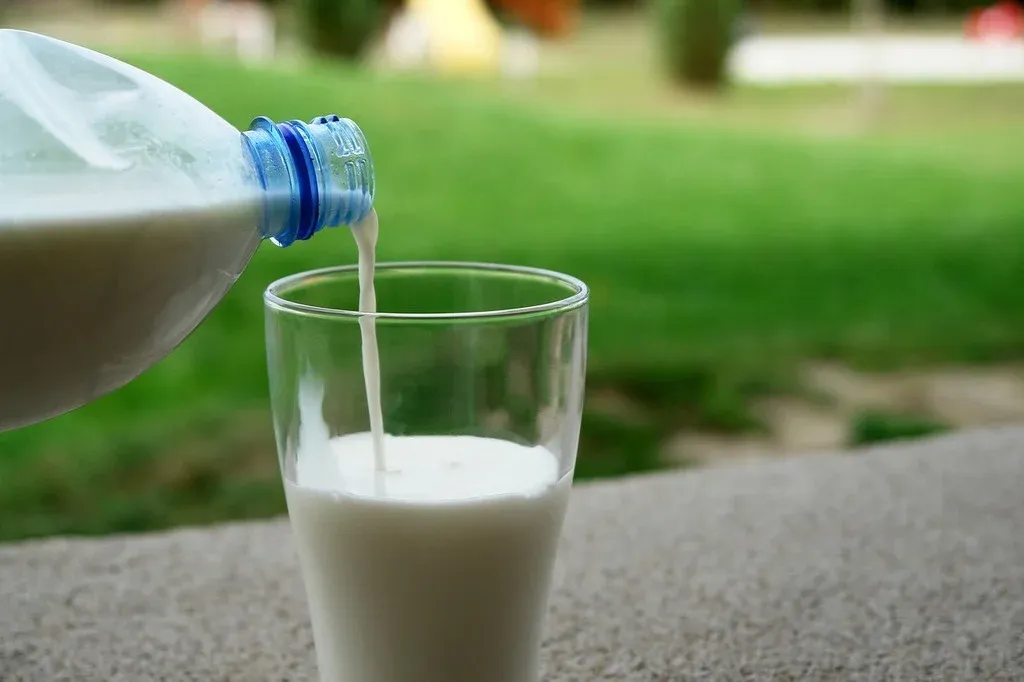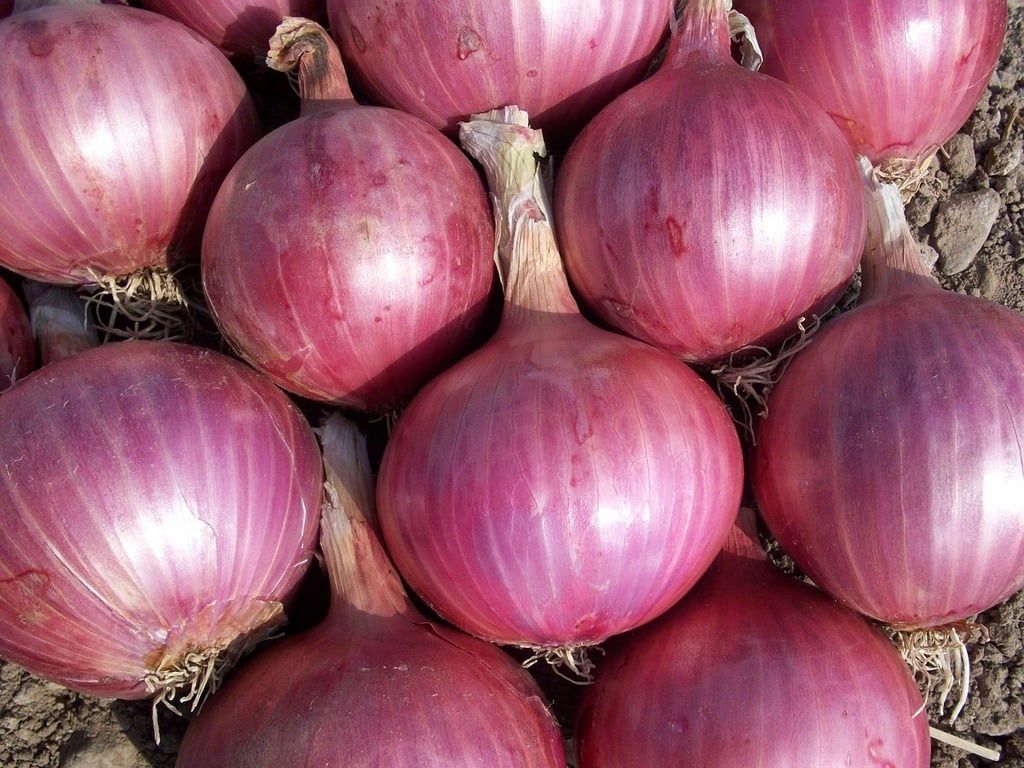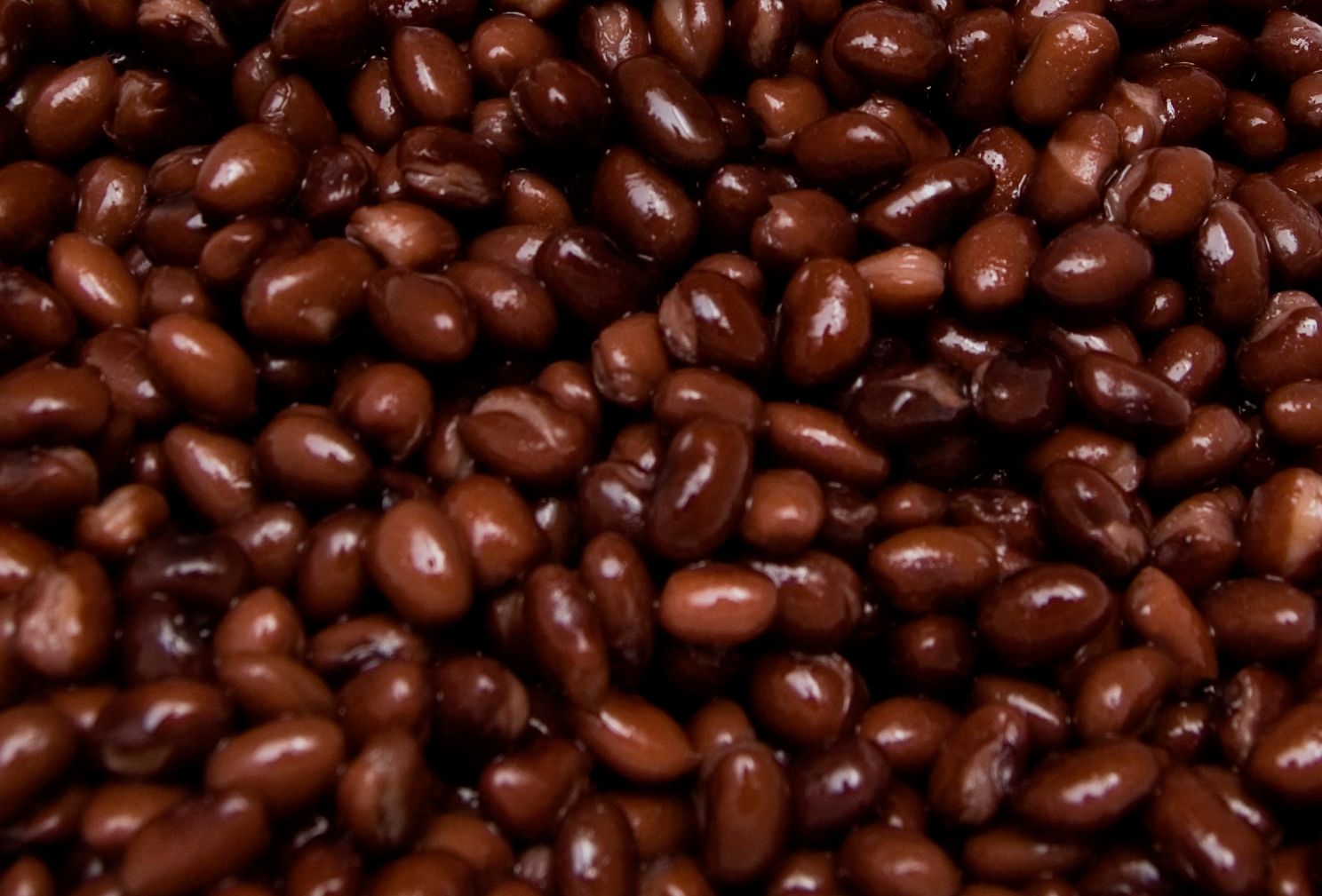
Tenacious Transplants: Chemo drug Unlocks Survival Rates for Unmatched Stem Cell Recipients
- May 31, 2024
If there was a heavyweight match between Death and Life and a stem cell transplant is the referee, getting an unparalleled donor is like an unfair advantage. Sadly, hitting the biological jackpot isn't always on the cards, despite the 40 million potential donor unicorns grazing in our national registry. Especially for those from underserved racial and ethnic backgrounds, that winning lottery ticket often remains frustratingly elusive. Enter cyclophosphamide, a vintage chemotherapy wizard making a grand re-entry, bringing hope to victims of cancers like leukemia, lymphoma, and multiple myeloma.
Recent research has uncovered some exciting results. Administering this old-school chemo drug days after transplantation makes seemingly mismatched donors a viable option, matching the survival rates of perfect blood stem cell neon twins. In the healthcare lottery, this is akin to the rise of the underdogs. What's even more tantalizing? Preliminary results from the ACCESS trial are set to make waves at the American Society of Clinical Oncology (ASCO) Annual Meet in Chicago on May 31.
Drilling deeper, Monzr M. Al Malki, MD, the sharp mind leading the Unrelated Donor BMT program at City of Hope, unveils this innovative approach as a game-changer that offers the wonder of stem cell transplant to patients across the donor match spectrum.
"See this as an open Bioscience bar. Here's to more life-extending, cancer-fighting shots," he adds, rasing an invisible glass.
Regarding blood stem cell transplants, Dr. David Miklos, an authority from Stanford Medicine, underlines their golden goose status ever since their inception half a century ago. The ideal scenario? A close relative turned donor. But we all know life is far from ideal. The odds of a full sibling match hover at a measly 25% (half-sibling matches score a slender victory at 50%). It's no Vanderloo situation, and it leaves many patients out in the cold without a suitable source of stem cells.
Combine this with graft failures and graft-versus-host disease risks that accompany lesser matches, and you're left staring down a barrel of complications with unimpressive survival stats. Cue: cyclophosphamide, a tried and tested immune system hacker used to fend off transplant rejects. The result? A door flung wide open for successful stem cell transplants, even for partial matches.
Recent studies have noted this chemo drug's magic as an enabler for high survival rates among those bankrolling partially matched, unrelated donors for their bone marrow transplants. The latest research draws the spotlight on those opting for peripheral blood stem cell transplantation (aka a blood stem cell home delivery from a partially matched stranger).
But behind the medical jargon, what does this all mean? Simple. It's a step towards redressing healthcare inequalities, making lifesaving cell therapy accessible to all. Now, nobody has to miss out on this astonishing opportunity: the theoretical donor pool just got a whole lot more crowded. And that's a win, people. No more perfect matches? No problem.






